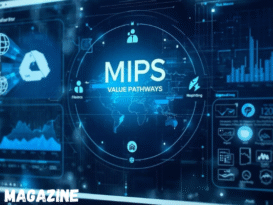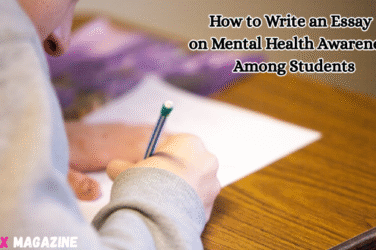Remember sitting in a university lecture hall listening to a professor drone on and on about a subject you were vaguely interested in? Well, those days are pretty much behind us. Education has entered our homes in a much simpler, more flexible format. You decide when, where, and how you want to learn. Now that you’re no longer tied to a physical location, the choice is fully yours. Whether you want to learn to speak Thai, re-tile your roof, play poker like a pro, or decorate a four-tier wedding cake, you can find the resources online.
Here’s how online learning evolved into the diverse and accessible educational experience it is today.
The Move to Online Learning
We have the COVID-19 pandemic to thank for the abrupt move from physical classrooms to online ones. With people locked down at home, schools and universities still insisted on providing classes. Zoom classes became the new normal. What this introduced was borderless education. A student in Tokyo could attend a lecture provided by a college in NYC. Without being limited to a physical location, students now have many more learning opportunities.
Even though the pandemic is gone, going to class online is still very much a part of many universities’ curriculum, with some moving every class online or adopting a hybrid model.
The Benefits of Online Learning
A standard university lecture can range from 45 minutes to two hours in duration. That’s a long time to sit and listen passively. The length of the class is determined by the institution without any regard for a student’s personal time or preferred learning style.
The beauty of online learning is that people can study whenever and wherever they want—Wi-Fi dependent, of course. Whether you’re in a small town without a local university or halfway across the world from the institution, online learning makes education equally accessible.
With almost every type of lesson except perhaps for timed ones, a student can pause, rewind and fast forward, learning at their own pace and in their own way. This way, the student remains engaged as much as they’re capable of and decides when to start and finish.
Attending a school or university in person requires making yourself presentable and often involves considerable travel. When learning online from home, if it isn’t an online classroom, you don’t even need to put on trousers, and you save a tonne of time and money not having to commute.
YouTube as an Educator
One of the best ways to learn how to do anything is to be shown how to do it. Practice trumps theory every time. YouTube has grown to be one of the go-to places to learn something. Oxford Economics reports that 84% of teachers in Europe use YouTube as a key resource. If it’s good enough for them, it’s good enough for every student. It’s especially popular as many of the educators are peers, suggesting that anyone can do what they do.
Eventually, professors and PhD holders will need to rethink the way they educate. They’re competing with Bob from Bondi, who can put up a brick wall in half a day, and Mohan from Mumbai, who can explain coding so it doesn’t sound like a foreign language. The best part for the student is that they don’t need to live in Australia or India to watch their videos.
YouTube allows you to save videos and subscribe so you get new ones, and it even recommends other content based on the ones you’ve watched. After a while, you’ll have an entire library of educational resources, hand-picked by you.
Self-Guided Learning
You no longer need a school or university to provide a class for you. Just like watching a YouTube video, there are so many other ways you can learn whatever you want to online.
Budding artists can learn to paint, sculpt, and draw via art and design communities like DeviantArt, Behance, and Skillshare. Learning a new language is a breeze online; there are dedicated sites and even apps that can help you. Some, like Duolingo, have an entire community of like-minded students to connect with, and they could be anywhere in the world.
Want to learn poker tips? All you need to do is navigate to one of the many casino sites at casinos.com and start playing. Keen to start investing in the stock market? Begin with an online simulator that works with live data but without investing any money.
The Future of Online Learning
There are two ways people of the future will learn online. The first way is something that was introduced in 2025, called micro-learning. Online courses like those from Coursiv promise to teach AI in only 15 minutes a day for 30 days. These bite-sized pieces of condensed learning are designed to keep the students’ limited attention and motivate them to continue the next day.
The next wave of the future will be AI-curated learning. All someone needs is a prompt asking AI to find a video showing how to build each part of a house, and they could learn enough to build the whole thing on their own. AI will not only suggest content but actively build tailored lessons, focusing on how the student learns and drawing from the best sources worldwide. A future student could learn construction methods from Sweden, finance from Singapore and art history from Florence, all in the same afternoon and without leaving their bedroom.
Does this mean that the days of going to a physical university campus at a set time are on their way out? This could likely be the case 20 years from now, if not sooner. Universities will need to redesign the entire way they educate, adopting ‘learn your own way’ methods and providing useful, tailored lessons. The new generation of students is going to have it a lot easier than those who went before them.


















Show Comments (0)